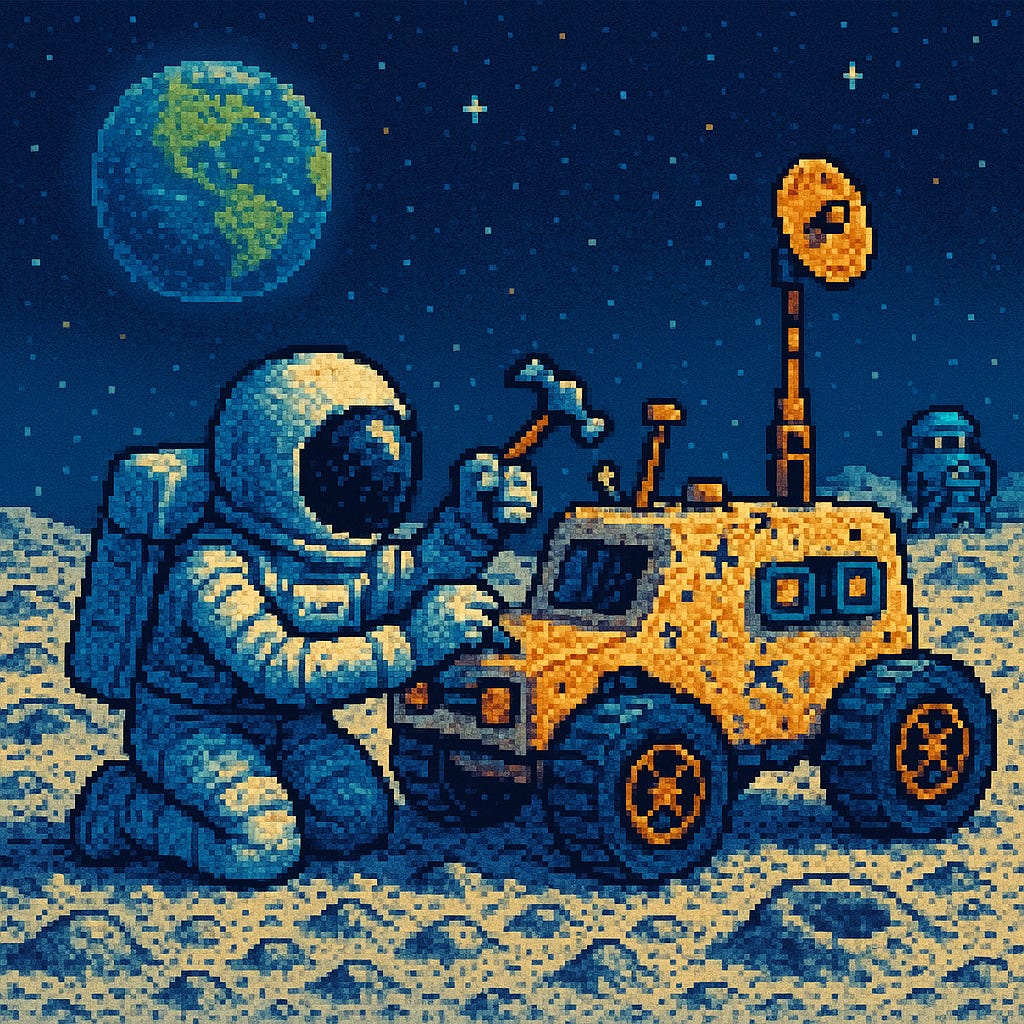Fast Prototyping with Claude Artifacts: Your Step-by-Step Guide to Building Ideas in Minutes
(Not Months!)
Hey digital adventurers! Okay so... I've been absolutely obsessed with Claude Artifacts lately and I need to share something with you that's been keeping me up at night (in the best possible way).
You know how I'm always going on about those late-night coding sessions and building stuff fast? Well, Claude Artifacts has basically turned that entire proces…



